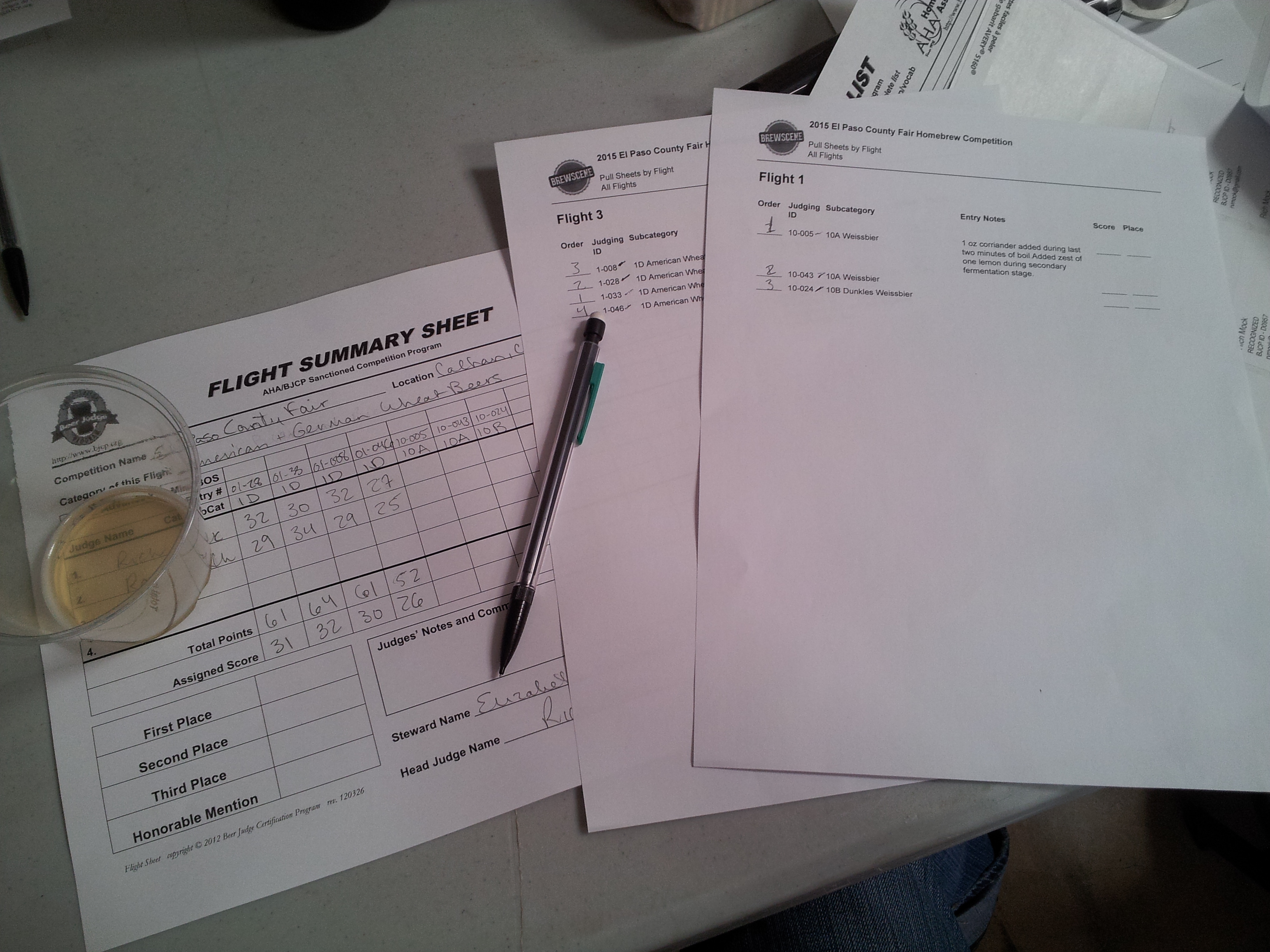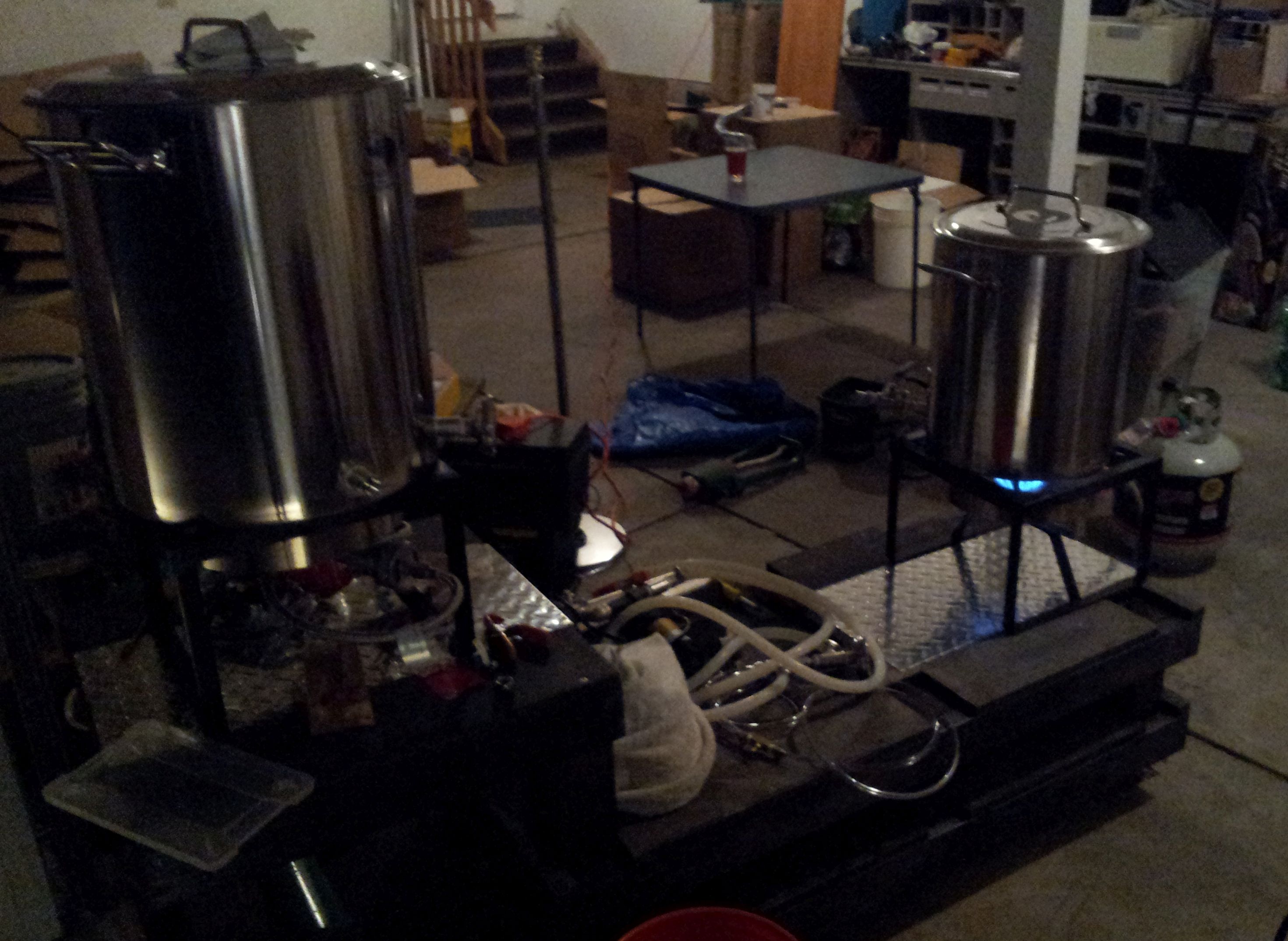Over the next couple weeks, many homebrewers (and beer lovers) will be figuring out how to best travel with beer (of both the gift and souvenir varieties). This topic came up as a discussion thread on the Facebook page for MyLHBS recently, and I thought it was worth further discussion here.
TSA has no restrictions for transporting beverages under 24% alcohol other than it needs to be stored in checked luggage. Because I seldom bother to check luggage, I have less experience flying domestically with beer than I do flying internationally. But I compiled tips based on my own experience and some research. If you have your own stories or recommendations, please share!
* Wrap it right and wrap it well. Anyone who has worked (or witnessed) ground crews can tell you that checked luggage gets manhandled. If you’re going to travel with beer, wrap it appropriately. At very least, I wrap bottles in a plastic bag and towel in case the bottle breaks. Socks, then Ziploc bags, then dirty clothes seem to be popular combination. Bubble wrap is also a convenient approach – TSA can open it and retape it, as necessary. Another pricier suggestion is Bottle Armor (or similar tools). Whatever you wrap bottles with, be sure to position them in the middle of your bag for additional padding.
* Pick the right bottle. Traveling with homebrew will cause the yeast to re-suspend, but a worse fate is the risk of explosion. Even with pressurized luggage holds, a bottle may explode if it’s already under pressure from over-carbonation. Keep this is mind when choosing which beers to pack. You may even consider traveling with newly bottled beer, before the pressure and trub build up. Since no one’s wardrobe benefits from beer stains and glass shards, remember that good wrapping will help to minimize the damage, so take the extra time to do it right.
* Presentation. I haven’t had any issue traveling with unmarked bottles, but I also don’t travel extensively with beer. It doesn’t seem unlikely for an agent to start asking questions about an unmarked bottle. A simple label may help here. Or reusing commercial bottles with labels still attached may also help to avoid questions. It’s reasonable to believe you will always run the risk of bottles being confiscated or opened during inspections, though.
* Customs. When traveling internationally, I have worried about getting caught up in customs to answer questions about yeast strains or other ingredients that may prove to be contraband. I once had a bag of trail mix confiscated by Australian agents because the dried banana slices contain seeds, but they didn’t raise an eyebrow at my bottle-conditioned homebrew. I imagine this is a country-by-country concern so I wasn’t able to find much information on it. Perhaps you have some experience with this?
Sometimes, just shipping bottles may prove to be the best option. The money you save on checked luggage can go toward the shipping costs. Of course, this approach comes with its own complications – different states have different rules and USPS won’t ship any alcohol. Billy Broas covers the topic of ordering online well, and he pointed me to Jamey Barlow’s good tips on shipping it yourself.
However you choose to transport and share your favorite beverages this holiday, I wish you safe travels and plenty of cheer!
 Homebrewers that enter or participate in competitions likely know that the Beer Judge Certification Program (BJCP) released new Beer Style Guidelines in May. I had the opportunity to test run the new guidelines a few weeks ago in a “summer beer” competition associated with the county fair. Here are my thoughts. Continue reading
Homebrewers that enter or participate in competitions likely know that the Beer Judge Certification Program (BJCP) released new Beer Style Guidelines in May. I had the opportunity to test run the new guidelines a few weeks ago in a “summer beer” competition associated with the county fair. Here are my thoughts. Continue reading